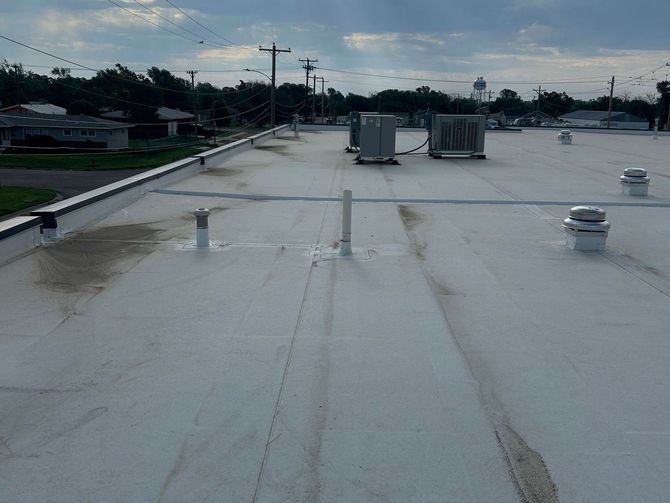Shingle roofing is a top choice for homeowners, thanks to its affordability, variety, and easy installation. With many options available, selecting the right type of shingles can be tricky. This guide will help you understand the various shingle types, the installation process, and how to keep them in good condition for a long-lasting roof.
Understanding Shingle Roofing: Types and Materials
Shingle roofing is available in many materials, with asphalt shingles being the most widely used. They come in various colors and styles to match your home’s design. Other options like wood, slate, and metal shingles exist, but asphalt and architectural shingles are the most popular for their cost-effectiveness and versatility.
Asphalt vs. Architectural Shingles: Which Is Better?
If you’re unsure whether to choose asphalt or architectural shingles, here’s a comparison to guide you in making the best decision:
- Asphalt Shingles: Asphalt shingles are popular for their affordability and simple installation. They are durable, come in various colors, and offer reliable weather protection.
- Architectural Shingles: Architectural shingles go beyond standard asphalt shingles, offering better durability, enhanced aesthetics, and a longer lifespan. They are perfect for homeowners seeking both quality and curb appeal.
If budget is a concern, asphalt shingles are a great option, but for improved longevity and curb appeal, architectural shingles are the superior choice.
How Shingle Roofs Are Installed and Their Costs
Installing a shingle roof is a fairly straightforward process, but it’s best to hire a professional for proper installation. The roof will be prepped, an underlayment applied, and shingles installed in a staggered pattern. Here’s a breakdown of the installation costs:
- Asphalt Shingles: Asphalt shingles are the more budget-friendly option, with installation costs ranging from $3 to $5 per square foot.
- Architectural Shingles: Installation costs for architectural shingles are typically higher, ranging from $5 to $7 per square foot.
While architectural shingles cost more initially, their longer lifespan and superior performance can make them a better long-term investment.
Essential Maintenance Tips for Shingle Roofs
Proper maintenance can significantly extend the lifespan of your shingle roof. Here are a few maintenance tips:
- Regular Inspections: Check your roof at least twice a year for any missing or damaged shingles. Early detection of issues can prevent costly repairs later.
- Clean Gutters: Make sure to clean your gutters regularly to prevent water damage and ice dams from forming.
- Remove Debris: Remove debris like leaves and branches from your roof to prevent water accumulation and potential shingle damage.
If you notice any problems, such as missing shingles or leaks, have them repaired promptly to avoid further damage.

Conclusion: How to Select the Best Shingles for Your Home
When choosing the best shingles for your home, consider factors such as your budget, the climate in your area, and your long-term roofing needs. Asphalt shingles are a great budget-friendly option, while architectural shingles offer enhanced durability and aesthetics. Regardless of the type, proper installation and maintenance are essential to maximize the lifespan of your roof and protect your home from the elements.
Looking for expert advice on selecting the right shingles? Contact a roofing professional to schedule your consultation and begin your roof installation!
#ShinglesRoofing #RoofShingles #BestShinglesForHomes #AsphaltShingles #ArchitecturalShingles #RoofInstallation #RoofMaintenance #HomeImprovement